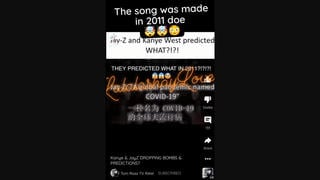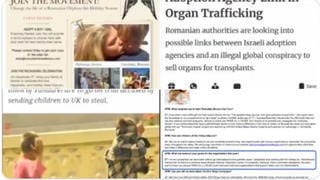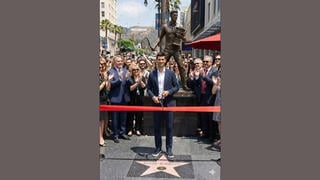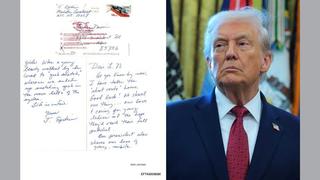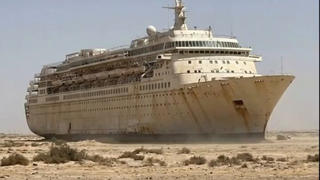
Was the massive blast in Beirut a nuclear explosion? No, that's not true: A leading arms control expert, referencing images of the blast that hit on August 4, 2020, says "there are literally none of the phenomena one sees with a nuclear explosion." Lebanese Interior Minister Mohammed Fahmi said the explosion was apparently caused by ammonium nitrate stored at the port.
The claim appeared in an article (archived here) published by Veterans Today on August 4, 2020. Titled "Breaking: Israel Nukes Beirut," the story opened:
Two explosions in Beirut, one a conventional guided bomb followed by a small nuclear weapon. The target is now confirmed to be a Hezbollah missile storage facility.
Users on social media saw this title, description and thumbnail:
Breaking: Israel Nukes Beirut - Veterans Today | Military Foreign Affairs Policy Journal for Clandestine Services
The powerful explosion that struck Lebanon's capital city of Beirut on August 4 killed at least 100 people and injured thousands, according to news reports. Images of the blast and its aftermath soon made their way online. Here is some footage of the explosion compiled by DW News:
Alex Wellerstein, a historian of science at the Stevens Institute of Technology, watched videos of the blast and believes it was a large, conventional explosion. For starters, he said, a nuclear detonation's fireball looks different than an equivalent energy release from high explosives. Wellerstein wrote to Lead Stories:
It is homogenous -- one big explosion -- as opposed to the 'rippled' look that explosions made up of small caches of material can look like (which is evident in the early frames of the Beirut explosion). The heat of a nuclear fireball, even a small one, is orders of magnitude hotter than the heat of a conventional explosion. In every nuclear detonation that is not underground, you will see an unmistakable blinding flash of white light, and the fireball will stay very white/yellow for a long time. At Beirut, what we see is a fireball that is made up of deep reds and oranges, indicating both that it is a lot cooler than a nuclear fireball, but also corroborating the idea that it probably has nitrates as its cause.
The more material in the gas, and the hotter the gas is, the higher the cloud will rise, and the longer it will stay 'stable' before becoming just a 'normal' plume of smoke. So a nuclear mushroom cloud takes about 15 minutes to stabilize. Most conventional explosions are small enough that the cloud has ceased to have a mushroom-like appearance after a minute or so. In the case of the Beirut explosion, you see a relatively small cloud that becomes a column within a minute or so.
This isn't that complicated, people. There is a fire and a secondary explosion. There are literally none of the phenomena one sees with a nuclear explosion. pic.twitter.com/OeT2ohd7hg
-- Jeffrey Lewis (@ArmsControlWonk) August 4, 2020
Finally, if the Beirut blast had been a nuclear explosion, one would expect to see reports of associated radiation and radiation injuries. There have been no such reports.
Local TV station LBCI reported that there were up to 2,700 tons of seized ammonium nitrate at the port of Beirut, the epicenter of the explosion. Ammonium nitrate is the same compound used by American terrorist Timothy McVeigh to build the truck bomb that destroyed the Oklahoma City federal building on April 19, 1995. If the estimate is accurate, the amount of explosive material in the Beirut blast would be more than one-thousand times the ammonium nitrate that killed 168 people in Oklahoma City.
A Facebook post claimed that the Beirut blast was a "Hiroshima-like explosion," which was an atomic blast, and that it was "OFFICIALLY, third largest explosion in history right after Hiroshima and Nagasaki in Japan (WW2)."
Hiroshima-like explosion in the center of my home country Lebanon today. Thousands of victims :( OFFICIALLY, third largest explosion in history right after Hiroshima and Nagasaki in Japan (WW2)
Posted by Sam Fawaz on Tuesday, August 4, 2020
This claim is wrong. The bombings of Hiroshima and Nagasaki were not the first- and second-biggest explosions in history. The biggest blast ever was known as "The Tsar Bomba," according to Business Insider, which said:
On October 30, 1961, the USSR detonated the largest nuclear weapon ever tested and created the biggest man-made explosion in history. The blast, 3,000 times as strong as the bomb used on Hiroshima, broke windows 560 miles away, according to Slate.
The flash of light from the blast was visible up to 620 miles away.
The Tsar Bomba, as the test was ultimately known, had a yield between 50 and 58 megatons, twice the size of the second-largest nuclear blast. A bomb of this size would create a fireball 6.4 square miles large and would be able to give humans third-degree burns within 4,080 square miles of the bomb's epicenter.
History's second-largest explosion was "Soviet Test #219." Here's more from Business Insider:
On December 24, 1962, the USSR conducted Test #219 over Novaya Zemlya. The bomb had a yield of 24.2 megatons. A bomb of this strength would incinerate everything within 3.58 square miles while causing third-degree burns in an area up to 2,250 square miles.
Hiroshima and Nagasaki, the two atomic bombs dropped on Japan in August 1945, are nowhere near the top-12 list, which is occupied by large nuclear blasts detonated during government weapons testing.


